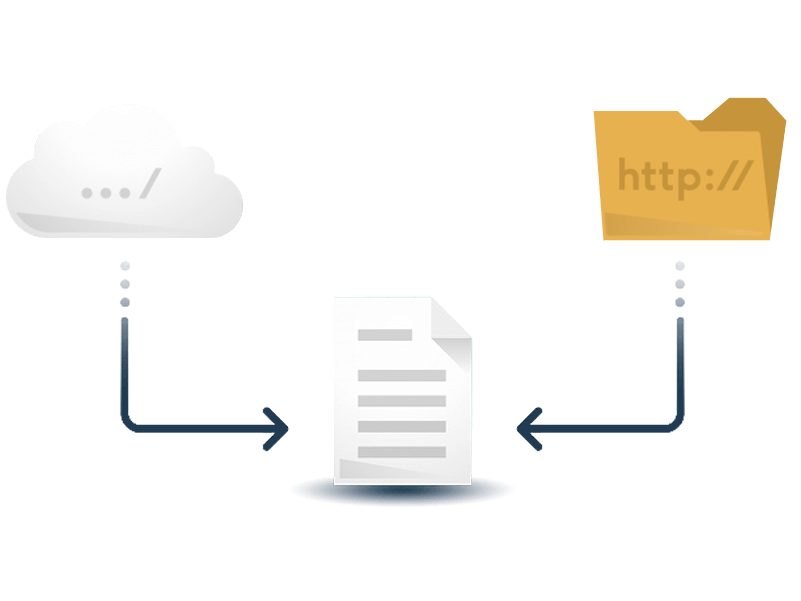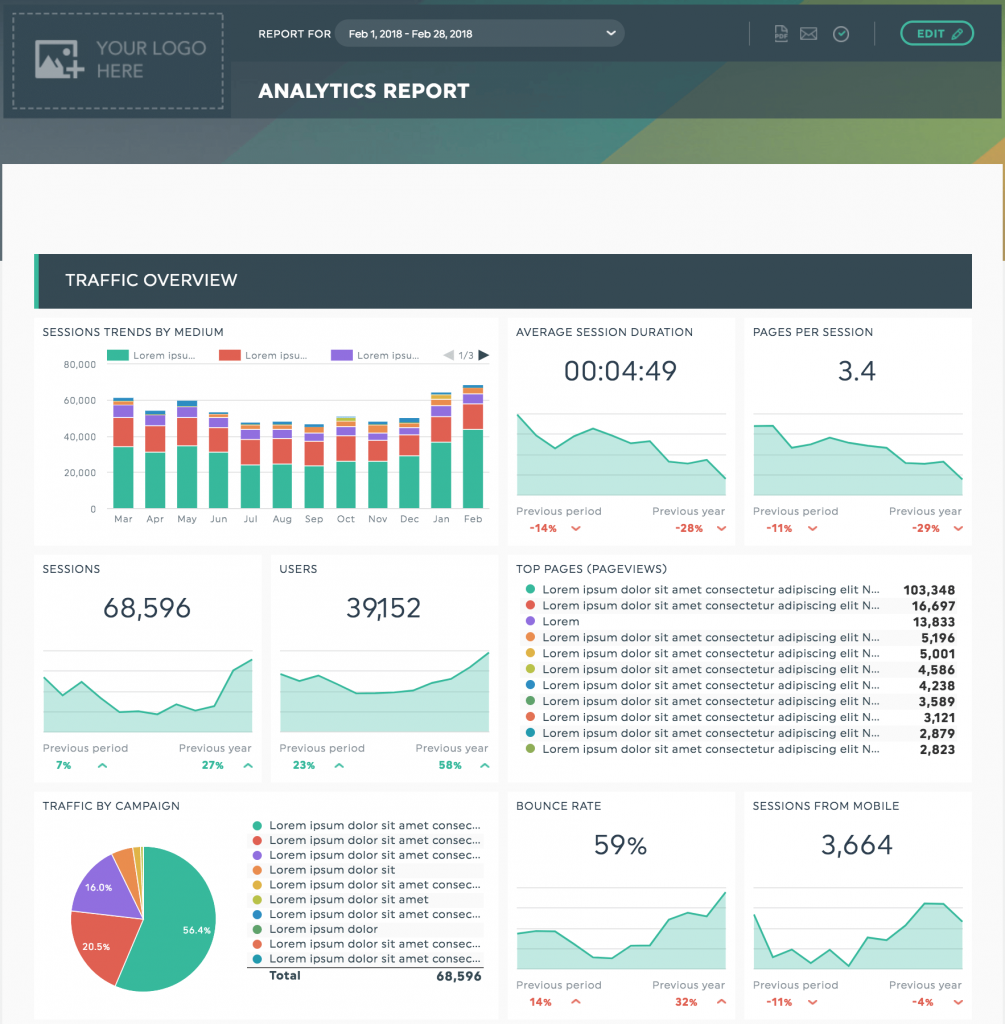Google Analytics: The Difference Between Landing Page Path and Destination URL

Analytics is sometimes a tricky business. And sometimes, it actually just seems a lot more complicated than it needs to be.
This is one of those times.
I can’t tell you how many times our account managers here at DashThis have been asked by a client: “so hey… what’s the difference between Landing Page Path and Destination URL, because they seem like the same thing to me?!”.
And the truth of the matter is, they’re pretty darn similar. Unfortunately, poking around online for the answer has turned up squat on the subject, apart from a few Google forums.
So in an effort to put this bad boy to rest and make sure that we’re all clear from now on, let’s dive in and learn what exactly IS the difference between these two dimensions, and why they can both be important in your own analytics.
What is Landing Page Path?
Now we get to the fun part, the Google Analytics landing page path definition.
Between the two, this one is the most straight-forward: Landing Page Path is simply the final URL that a user landed on when (s)he arrived on your page.
No matter what URL a user might have clicked on, no matter how many redirects there may have been, Landing Page Path just shows the final URL that the user ends up on.
Basically, tracking your Landing Page Paths is going to show you a selection of all the pages that are part of your website, and how many visitors landed on each eventually. Not too complicated, right?
What is Destination URL?
On the other hand, the Destination URL definition is: the exact link a user clicked on in order to get to a particular page.
If you’re tracking your AdWords performance, for example, you may have any number of URLs that eventually land on the same page, because you’ll want to know which ad - and which specific URL - was clicked on.
Be careful though, if you’re using UTM parameters for your ad URLs, this dimension won’t track those. On the other hand, if you’re using a 3rd party system like bit.ly or goo.gle to create distinct URLs, those will be tracked and shown with a Destination URL dimension.
So Which Should You Track?
The point of tracking your analytics is to understand users’ behaviour on your site. And the reason why that’s so important is because if you understand who lands on your site, how they get there, and what they do once they’re there, it’s easier to target the RIGHT people and make sure they take the actions you want them to take. Right?
Because you know what happens when the right people come to your site and do the right things? Revenue happens. Aww yeah.
With this in mind, a lot of our users tend to track both Landing Page Path and Destination URL simultaneously, because although they might be very similar, the information they represent can be useful to you in different ways.

Generally, Destination URL is a dimension that’s a lot more useful for those of you who are doing some heavy-duty analytics. If you’re a regular marketer, this dimension will probably show you basically the same thing as Landing Page Path.
However, by using the dimension Destination URL, you’ll be able to dial down in your data using specific AdWords metrics within Google Analytics, which you wouldn’t be able to do if you were just using Landing Page Path.
For that reason, if you want to segment your data using different AdWords-specific metrics - CTR, CPC, Impressions, Cost per Goal Conversion, and more - it might be useful to you to use Destination URL as well as Landing Page Path.
In a general sense, think of it this way: Landing Page Path shows you which pages of yours that a user landed on, whereas Destination URL shows you which links they used to get there.
Landing Page Path is more about conversion; Destination URL is about traffic generation.
Pretty simple, right?
How to track Landing Page Path AND Destination URL
Remember, looking at your analytics data as individual metrics and dimensions can be useful in order to understand just that one number, but bringing everything together in a cohesive analytics dashboard is the way to understand your site and your visitors’ behaviour overall.
Context is everything in analytics. Without the proper context, data means nothing. That’s why it’s important to lay out all your data together, in one simple report. Understanding and drawing conclusions based on relationships between different data sets helps you make better decisions with regards to your digital marketing strategy.
Looking for an easy way to do this? Of course you are!
What you need is a streamlined analytics dashboard in which you can track and report your Landing Page Path and/or Destination URL, alongside the rest of your analytics data. By tracking these two dimensions next to your conversion rate, time on page, page depth, ad CTR, and a ton of other KPIs that are important to your business, you’ll be able to determine the efficiency and success of each of your pages… and optimize those that need optimization!
Curious as to what this wondrous analytics dashboard might look like, fully-stocked with KPIs, in which you can easily include Landing Page Path, Destination URL, or both?

While it's super important to show your Google Analytics data in one single report, you might also want to combine it with your AdWords data (and all your other data too).
Why?
Because that way, you can easily see which marketing efforts are working, which need improvements, and where you need to be allocating your budget and efforts.
That's where DashThis comes in!
A beautiful and simple reporting tool that allows you to gather your data easily into one place?
Yes please!
All your Google Analytics data in one easy-to-understand report!
Read More

Don’t miss out!
Automate your reports!
Bring all your marketing data into one automated report.
Try dashthis for free
